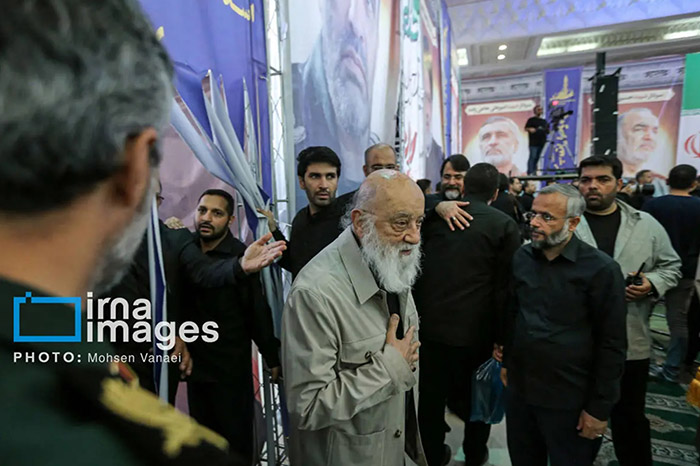The Aftermath of the Strikes
The strikes, launched under the pretext of “ensuring regional stability and preventing nuclear escalation,” targeted several known nuclear enrichment facilities, including Natanz and Fordow. U.S. and Israeli defense officials stated that their mission was not to launch a full-scale war but to “eliminate critical components” of Iran’s nuclear infrastructure. Satellite imagery and IAEA reports confirm damage to key centrifuge halls and power systems, though the extent of the destruction remains classified.
Iranian officials have downplayed the impact of the attacks. Behrouz Kamalvandi, spokesperson for the Atomic Energy Organization of Iran (AEOI), claimed that “minor damage” had occurred and that operations would resume shortly. However, several independent experts argue that at least a temporary delay in uranium enrichment capabilities is likely—perhaps months or even a year.
Still, others worry that the strikes may have simply hardened Iran’s resolve. “This could very well be a fork-in-the-road moment,” said Dr. Elena Frey, a nuclear proliferation specialist at the Stockholm International Peace Research Institute. “Iran now has every incentive to pursue nuclear weapons not only as a deterrent but as a symbol of defiance.”

